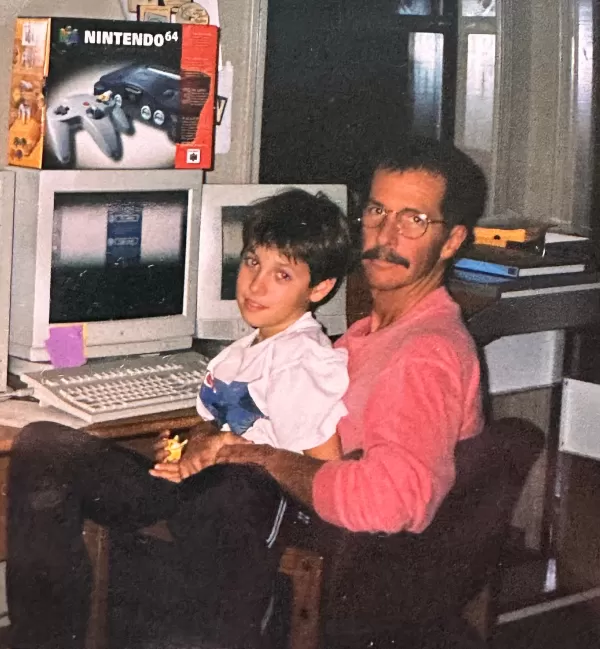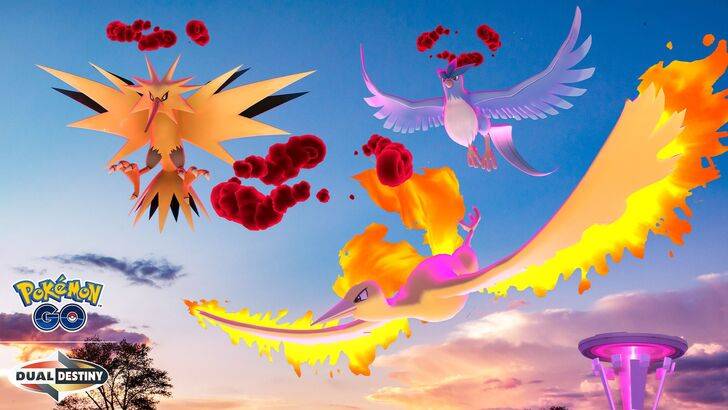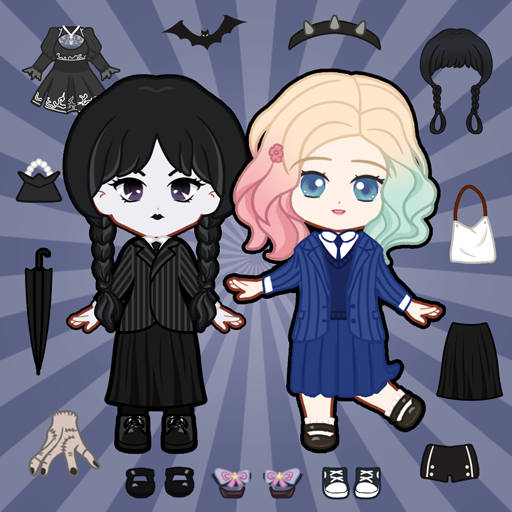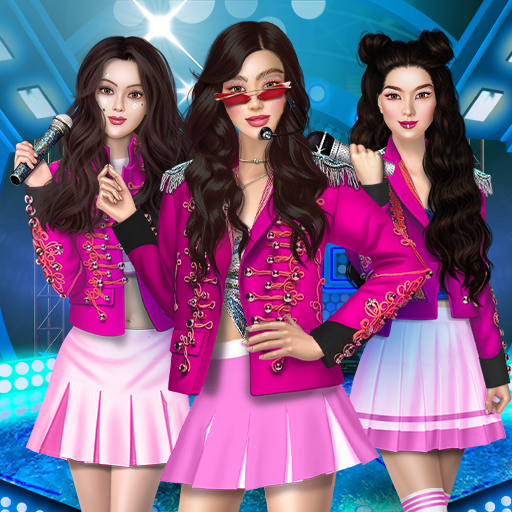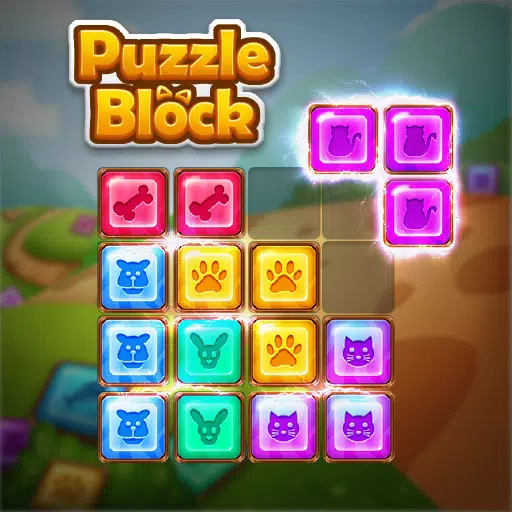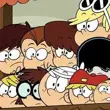Monster Hunter Wilds Weapon Tuning: A Deep Dive into Gameplay and Design
With each new Monster Hunter installment, players eagerly anticipate experiencing their favorite weapons in a fresh context. Monster Hunter Wilds, aiming for a seamless hunting experience, presents unique challenges and opportunities for weapon design. To understand the development process, we spoke with art director and executive director Kaname Fujioka and director Yuya Tokuda.
IGN First: Monster Hunter Wilds Oilwell Basin Artwork
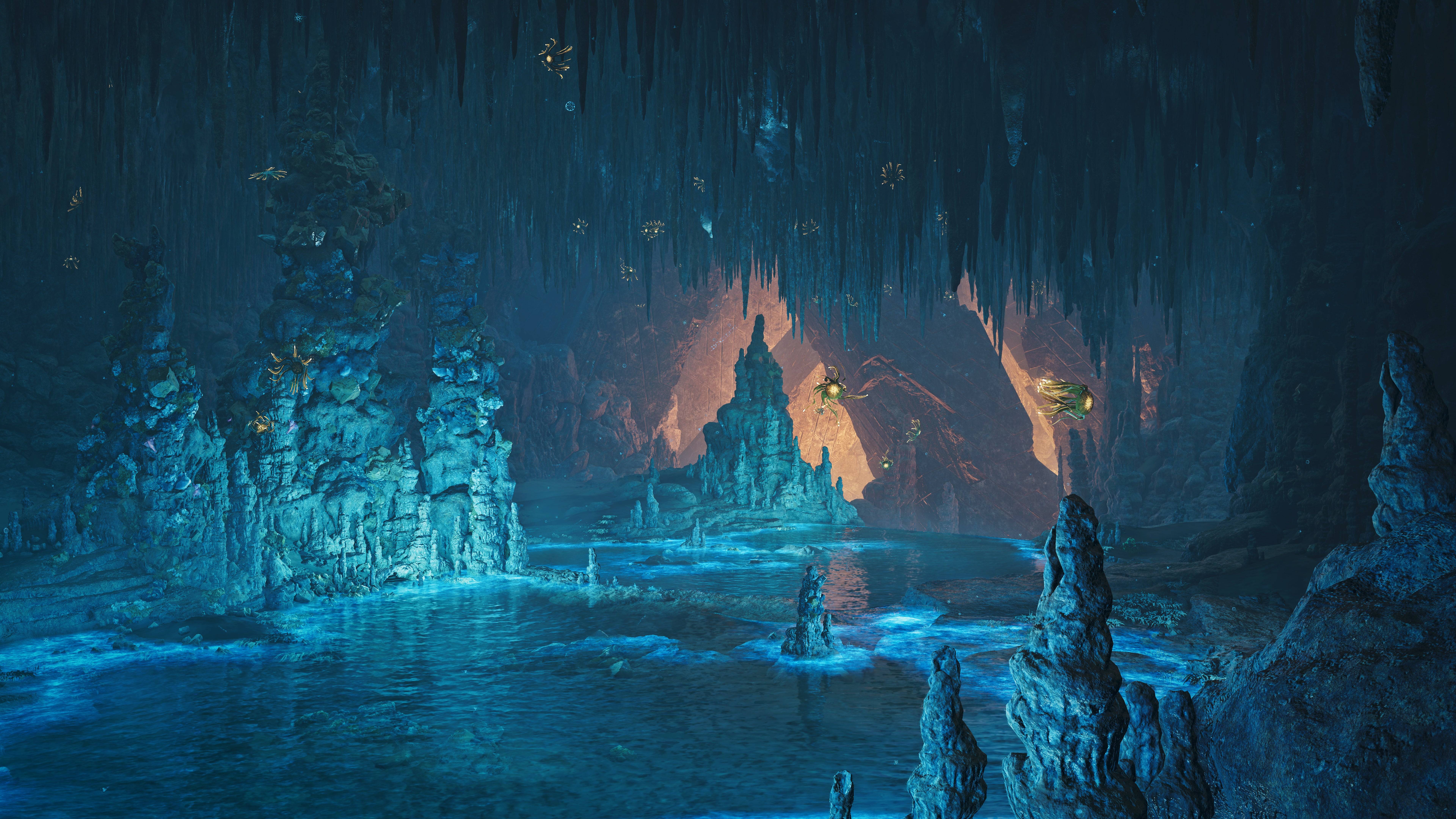
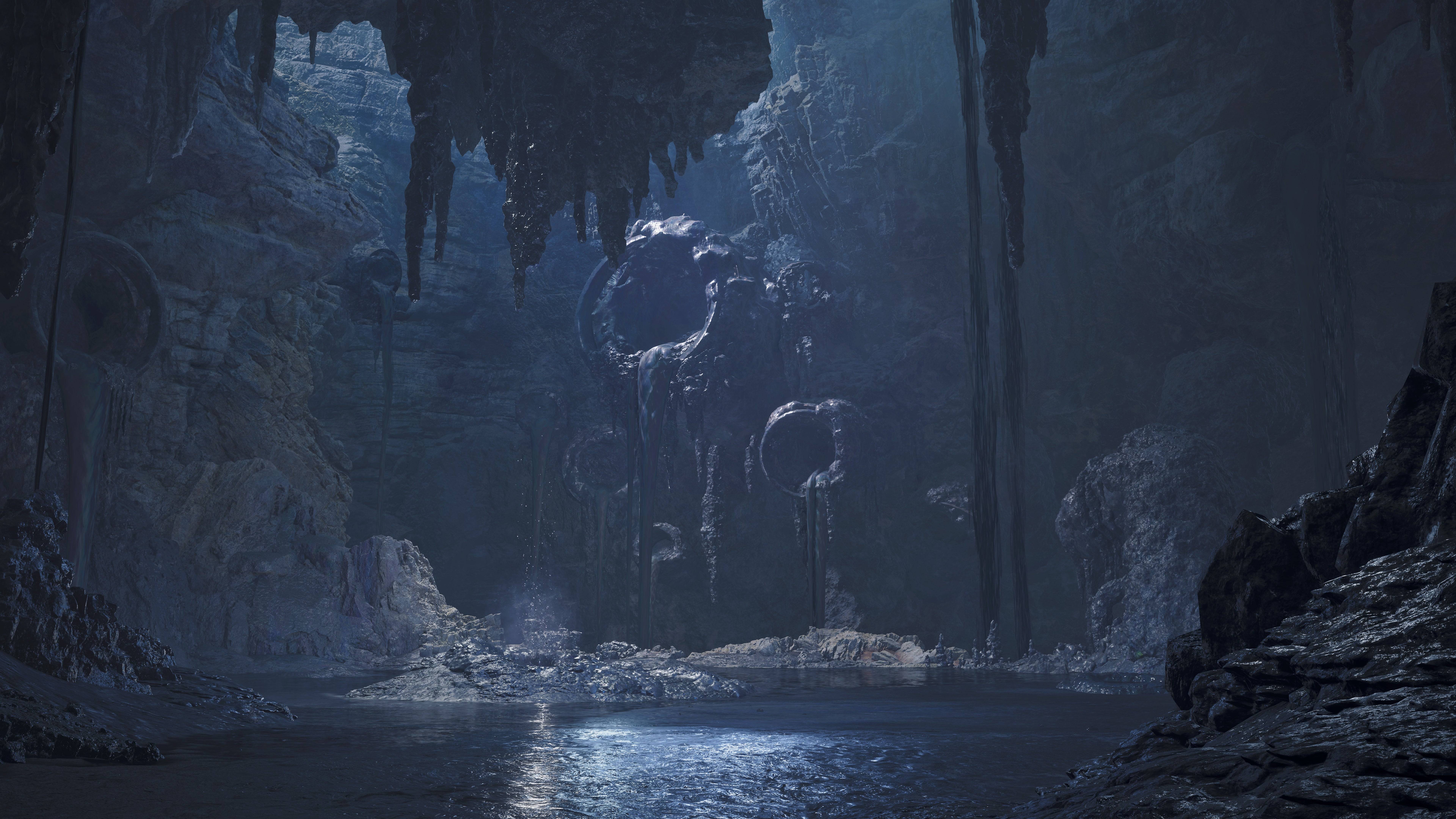
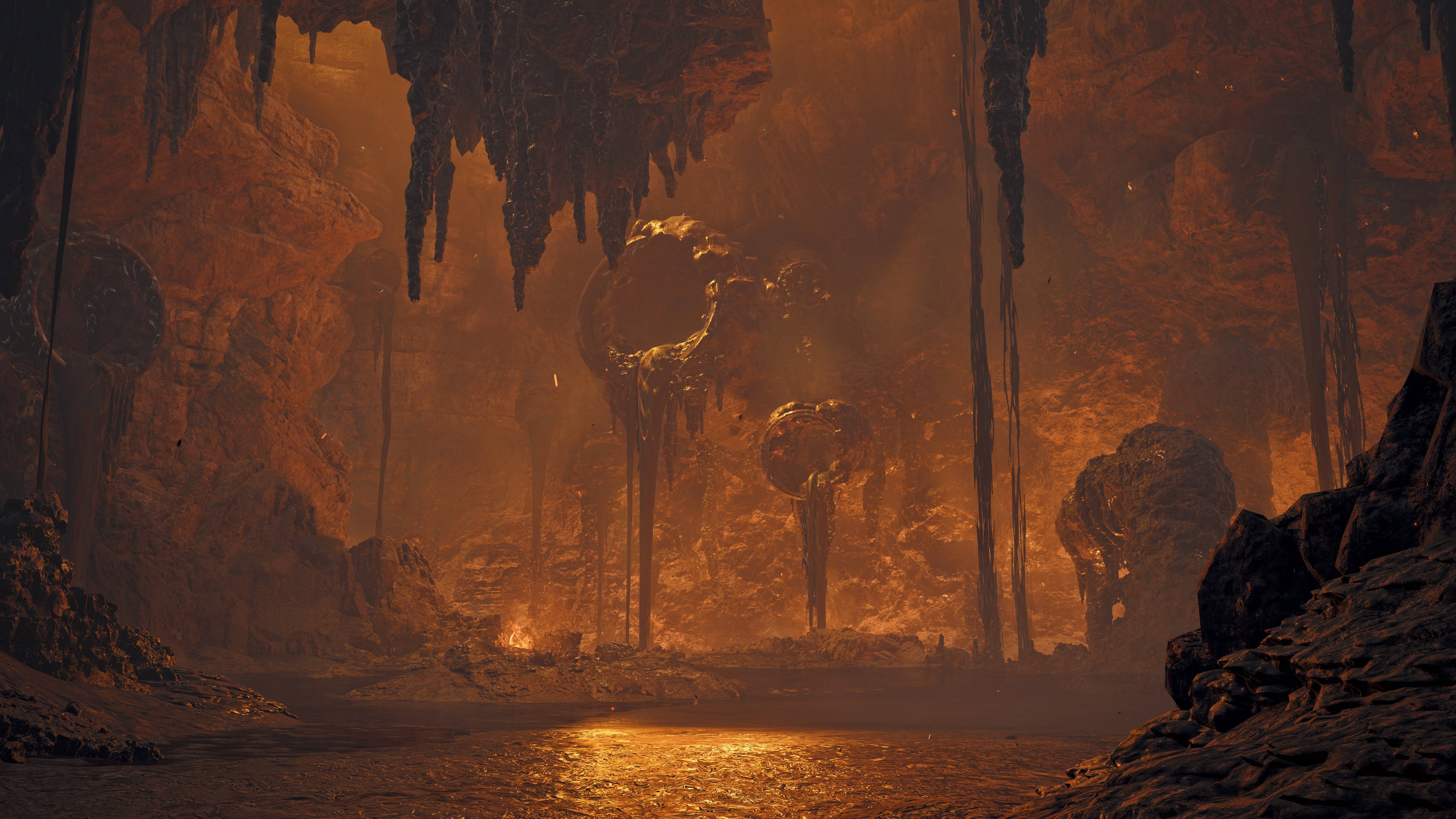
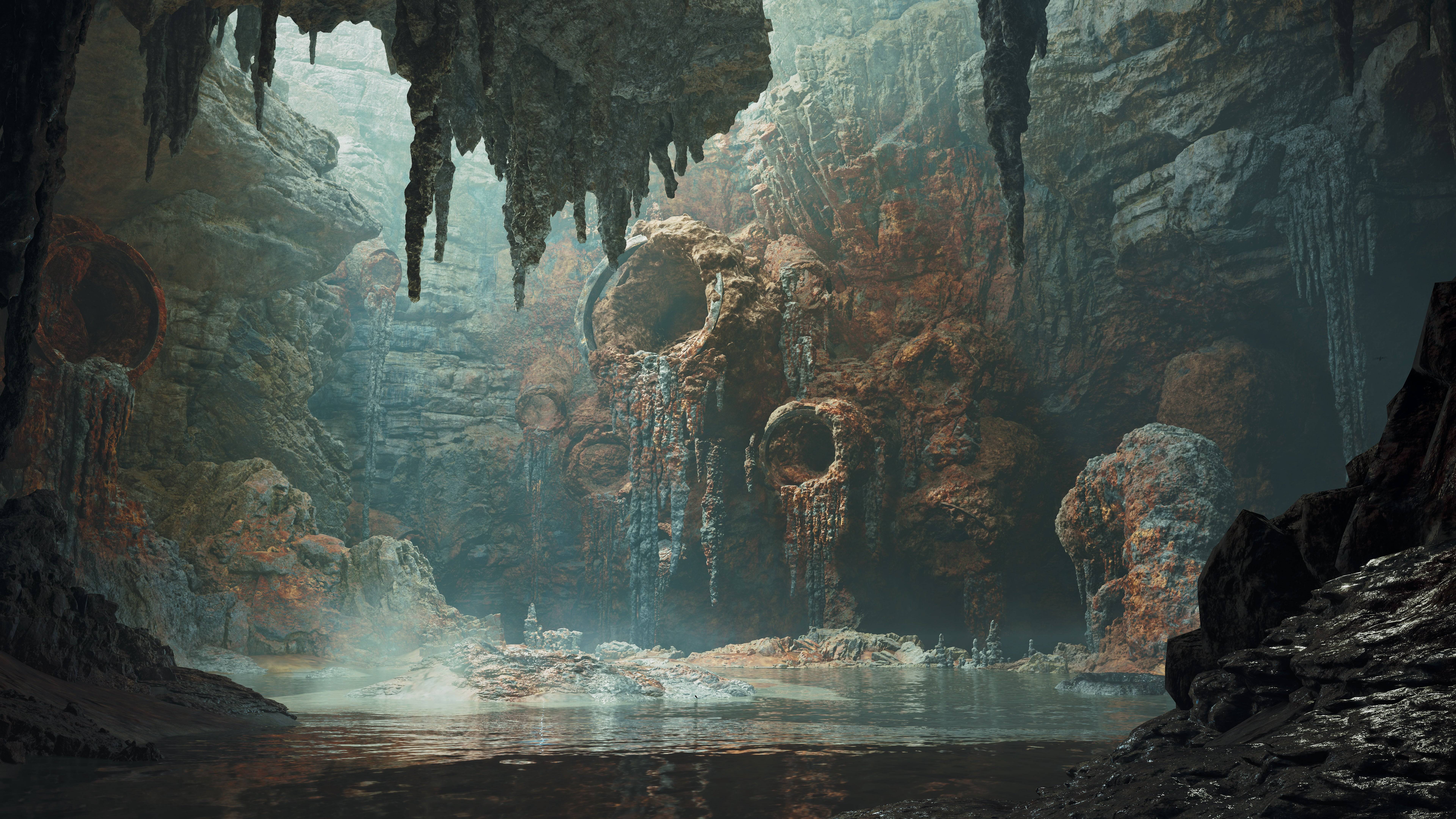
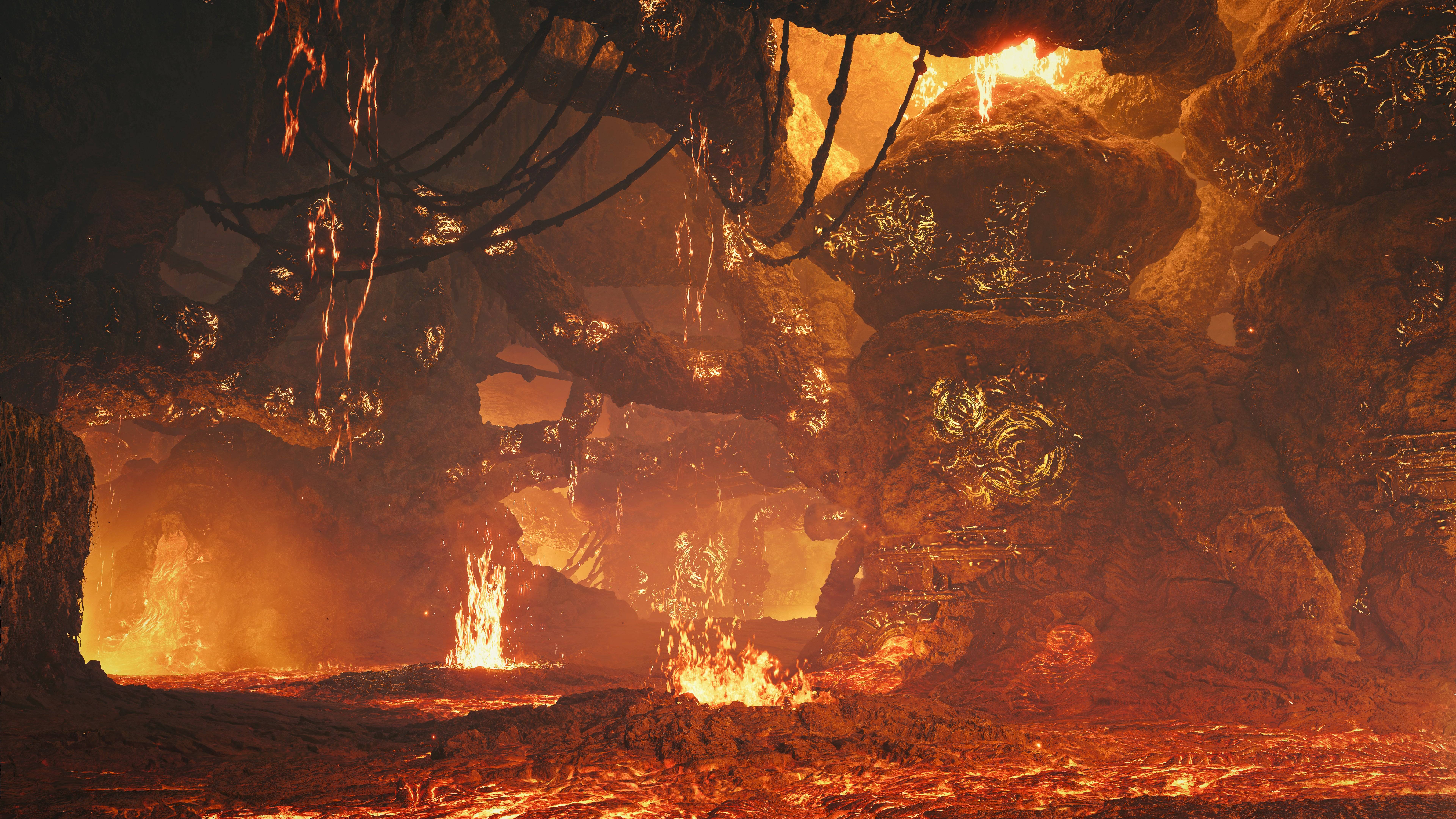
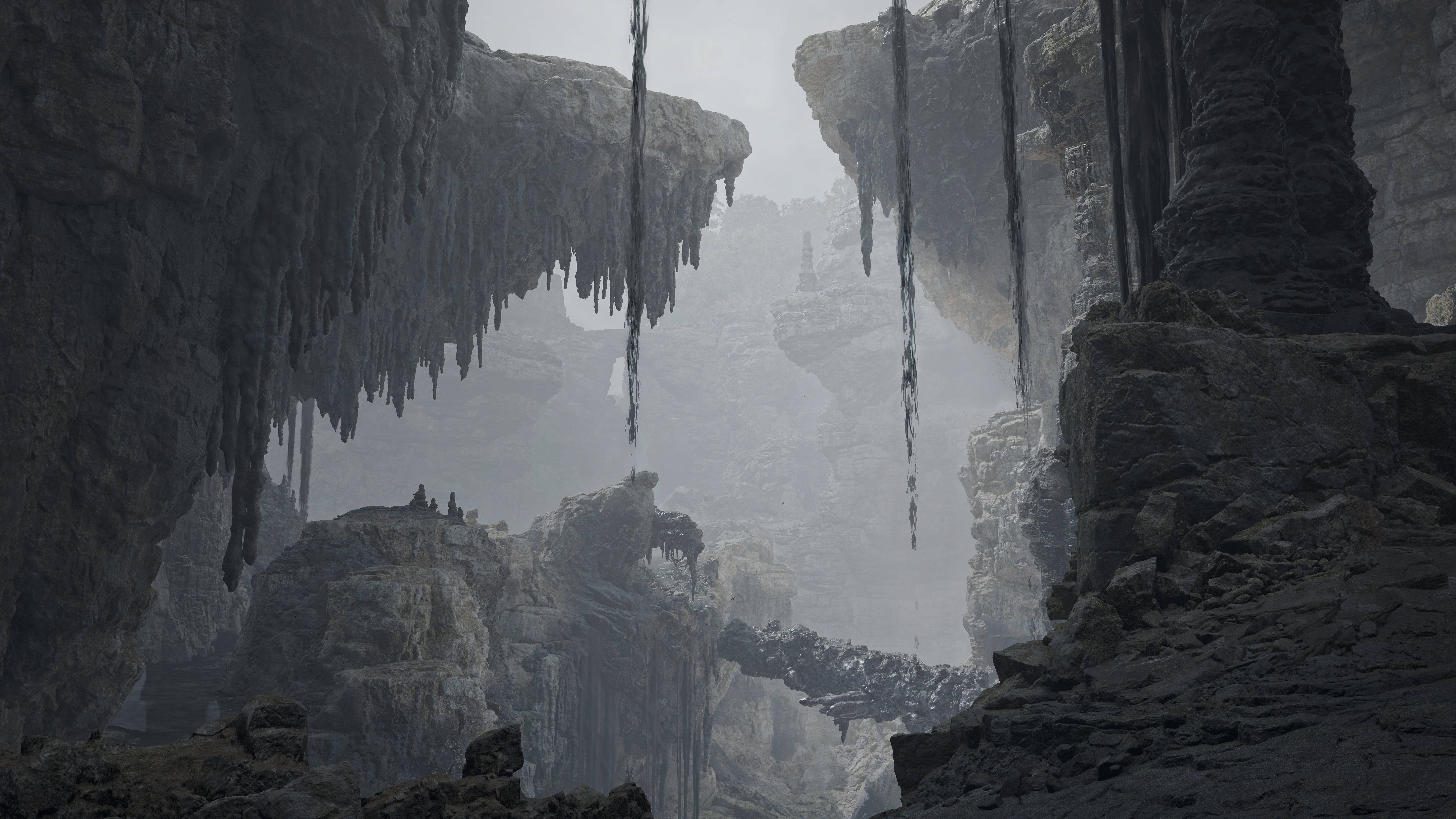
The interview revealed key design philosophies and adjustments made based on feedback from the November 2024 Open Beta Test.
Seamless Hunting, Weapon Rebalancing
The seamless map and dynamic weather of Wilds necessitated significant weapon adjustments. Tokuda highlighted substantial changes to the Light and Heavy Bowguns and the Bow, addressing the challenge of unlimited ammo and coatings without base resupply.
"Basic damage sources are usable without resource depletion," Tokuda explains. "Normal, pierce, and spread ammo for Bowguns, and Bow coatings, have unlimited use, managed by a gauge. However, pre-prepared or field-gathered materials allow for crafting powerful, attribute-based ammo."
These changes extended beyond mechanics, influencing weapon design. Fujioka emphasizes the visual clarity of actions:
"We aimed to showcase the charging animation of Bowgun special shots convincingly, visually representing the monster attack cancellation. Technological advancements have significantly improved animation capabilities, enhancing the visual feedback of weapon actions."
A core design principle was natural weapon usage regardless of player input:
"Hunters should use weapons naturally, even without input," Tokuda states. Improved animations allow actions like healing without sheathing weapons, a departure from previous titles.
Fujioka adds, "The Focus Mode allows directional movement during attacks, enabling continuous attacks while slightly off-center from the target. We aimed to realize players' envisioned gameplay styles, leveraging advancements in animation management and game design."
Focus Strikes and Wound System
Wilds introduces Focus Strikes, powerful attacks in Focus Mode against wounded monsters. Each weapon has unique Focus Strike animations, but Tokuda clarifies balance adjustments:
"While unique animations showcase weapon individuality, the open beta revealed imbalances. We're standardizing Focus Strike power for the official release, maintaining weapon personality without excessive disparity."
The wound system adds strategic depth. Accumulated damage creates wounds, allowing devastating Focus Strikes. Wounds scar, preventing repeated wounding of the same area. Tokuda notes environmental interactions can lead to unexpected scars, offering strategic opportunities.
"Monsters begin unwounded, but Wilds' open world allows for turf wars and pre-existing wounds. This creates dynamic hunting scenarios and potential extra rewards."
Monster health and toughness were adjusted to maintain appropriate playtime and player satisfaction. Focus Mode aims for more concentrated, fulfilling hunts, despite increased health and flinch resistance.
Great Sword: The Development Prototype
Tokuda reveals that approximately six planners oversee weapon design and player experience, involving artists and animators in the process. The Great Sword serves as a development prototype, informing the design of other weapons.
Fujioka highlights the Great Sword's significance in animation development:
"Focus Strikes, a new expression, began with the Great Sword, focusing on feel rather than performance. The Great Sword's all-rounder nature makes it ideal for initial animation prototyping. Its satisfying Focus Strike inspired the development of other weapons' animations."
Tokuda emphasizes the Great Sword's unique tempo:
"The Great Sword's heavy tempo is rare in action games. Its satisfying gameplay informs the design of other weapons, differentiating them while maintaining the core Monster Hunter feel. Its versatility, including blocking and area-of-effect attacks, provides a straightforward, satisfying hunting experience."
Fujioka adds, "The Great Sword's tempo influences the design of faster weapons. Balancing both ensures a true Monster Hunter experience."
Weapon Individuality and Balance
The developers prioritize weapon uniqueness over uniform ease of use. Fujioka acknowledges the challenge of balancing player experience with weapon individuality:
"We focus on unique weapon design, but address issues impacting player experience. Overpowered, easy-to-use weapons are avoided. The open beta revealed areas for improvement in several weapons, which have been addressed for the release version."
Tokuda uses the Hunting Horn as an example:
"The Hunting Horn's design emphasizes area-of-effect damage. Its unique sound element was incorporated into its damage output. We aimed for strategic use rather than pure damage output. Open beta feedback regarding its use as a support weapon before switching to another weapon is being addressed for balance in the final release."
While acknowledging inherent weapon-monster matchups, the developers aim to avoid overly efficient, build-specific strategies for every monster. The endgame may naturally narrow weapon choices for optimal efficiency, but the core uniqueness of weapons and monsters remains paramount.
Fujioka concludes, "While top-tier weapons will naturally gain popularity, we ensure that dedication to a weapon type allows for success through skill and perseverance."
Tokuda highlights the dual-weapon system:
"Specialized weapons can complement each other, encouraging diverse playstyles."
Decoration System and Skill Builds
Wilds' decoration system is similar to World's, with specific skill abilities activated through weapon or armor slots. Alchemy allows for crafting single-skill decorations, eliminating the frustration of missing specific skills.
Fujioka shares a personal anecdote: "I never obtained the Shield Jewel 2 in World, impacting my build completion."
Tokuda prefers long-range weapons and the Sword and Shield, while Fujioka remains a dedicated Lance user. The Lance's open beta feedback highlighted issues with action execution, which are being addressed for the release version.
Tokuda summarizes the development process:
"Open beta feedback was invaluable. We're diligently improving weapons based on player input. Our combined experience as developers and hunters drives our commitment to creating the best possible Monster Hunter experience." A detailed community update video further clarifies performance enhancements and weapon changes.

